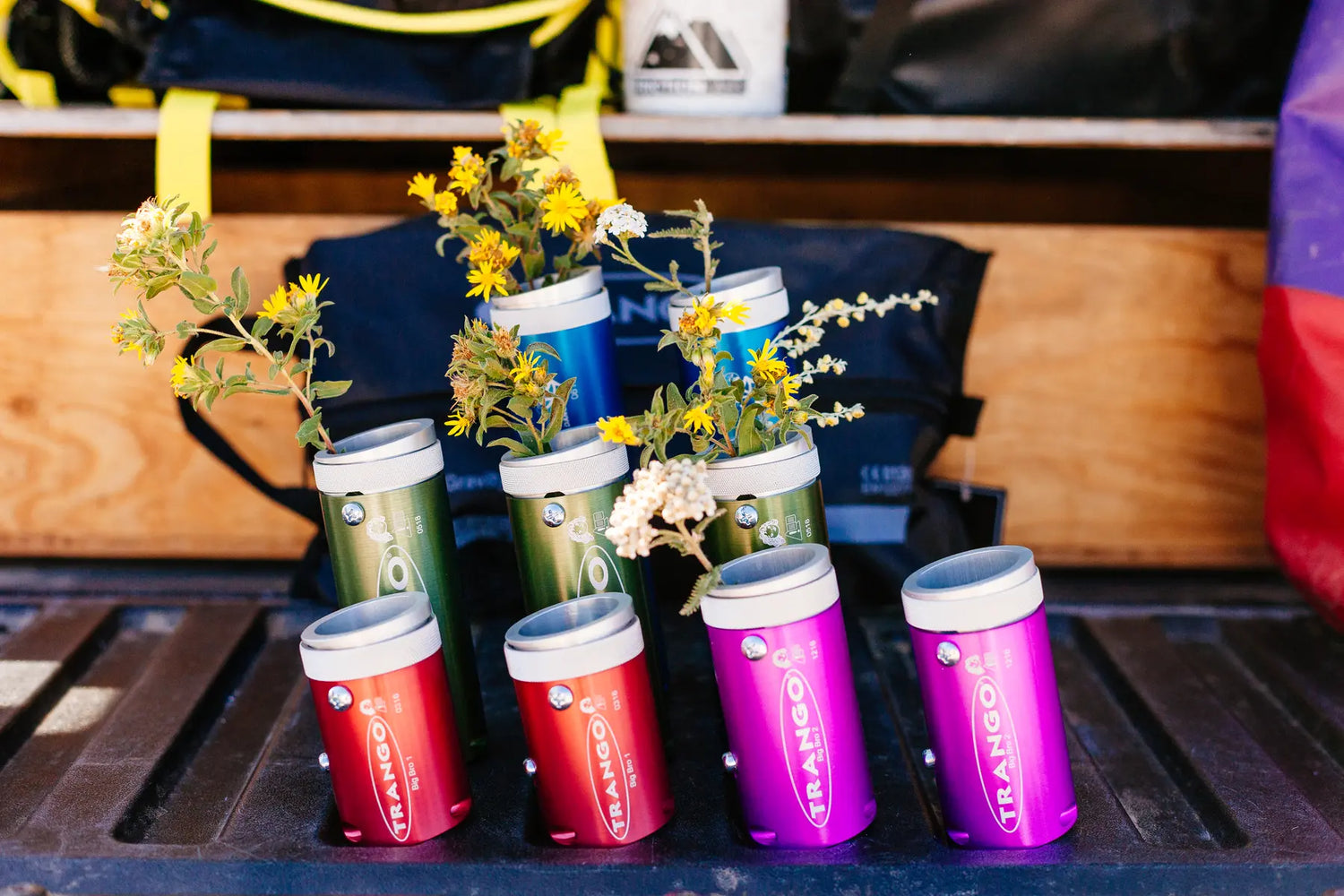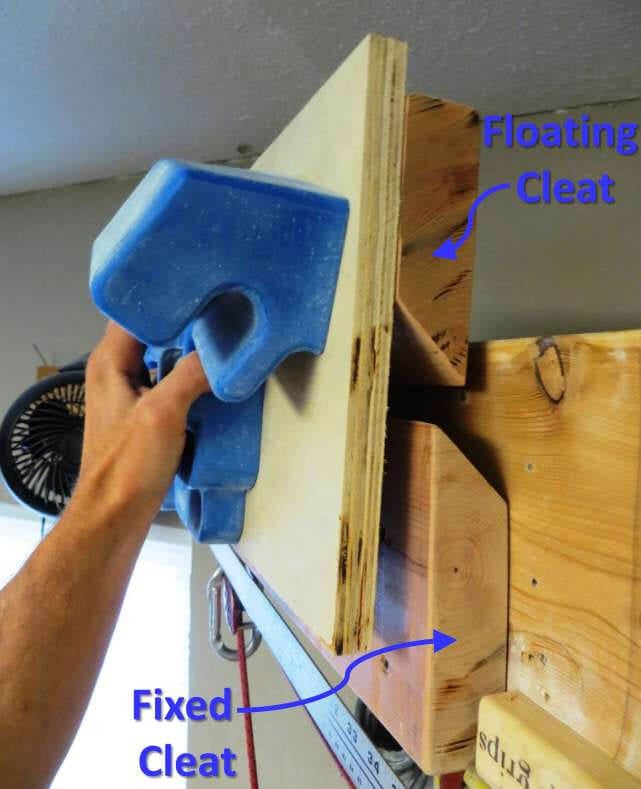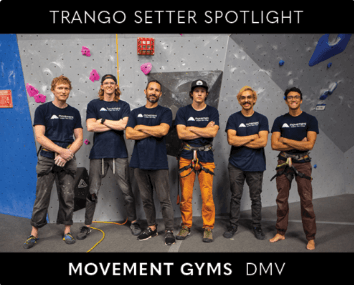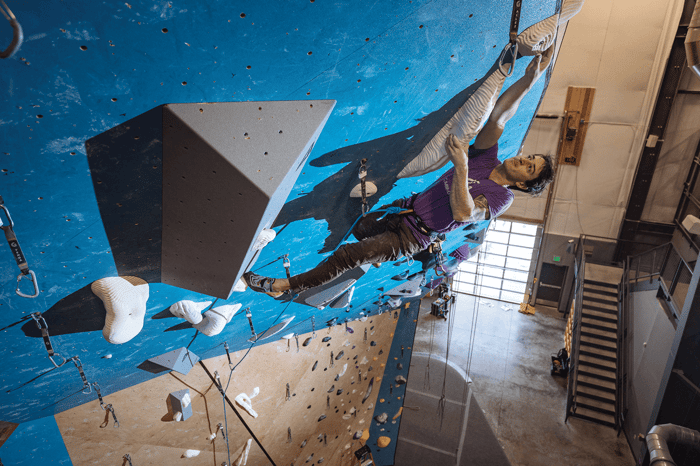When it comes to quickdraws the concept is simple: two carabiners connected with a sling.
But when you start shopping, simple goes out the window and you’re looking at seemingly infinite choices of lengths, materials, carabiners, and features. While most draws will do in most circumstances, choosing the right quickdraw can help maximize performance and ensure that you’re not trying to clip a tiny carabiner while pumped out of your mind, or lugging too much weight high in the mountains.
In the video below, Trango Tech Rep & Ambassador Dylan Connole digs in to a few main types of quickdraws he uses when guiding and climbing, and explains what type of climbing each one excels at.
RECAP
Four Types of Quickdraws
Sport/Project Draws
With a priority on handling rather than weight, these draws make for much easier clipping. Larger carabiners, wider and stiffer dogbones, and other features add to their clip-ability. The Reaction Quickdraw, featured in the video, has carabiners with a deep gate basket, allowing the rope to easily drop in while clipping, and enhanced grip points for easier handling. The draw is available with a 12cm dogbone or 17cm dogbone, and the carabiners (Reaction Bent and Reaction Straight) can also be purchased separately.
Lightweight Crossover Sport/Alpine/Trad Draws
Crossover draws are a great choice for a range of uses. They work well for sport routes, but might not offer the ease of use or stiffness you’d want on a hard redpoint burn. They also work great in trad and alpine climbing – they save weight on your harness, and their typically flexible and lightweight dogbones absorb rope movement as you climb, without pulling on your gear. In the video, Dylan uses our Phase Quickdraw, which is made with a lightweight Dynema dogbone and fully rated to 22kN. They are available in 12cm and 18cm lengths.
Alpine Draws
When alpine climbing, you’ll often need to extend your draw to reduce rope drag, avoid sharp rock, or create a smoother path for the rope to run. With alpine draws, you sacrifice the sport draw’s ease of clipping for a versatile, lightweight piece of gear that can adapt to your needs on the spot. With an abundance of carabiner and sling options out there, it’s easy to find or make an alpine draw especially suited to your climb. In the video, Dylan uses our pre-made Phase Alpine Draws, and also makes his own extra-long draw with our Phase Carabiner and 120cm Low Bulk Sling.
Locking Draws
Sometimes you need some extra security in your system, like when setting up a toprope anchor. That’s where locking draws come in handy. They’re just like a regular quickdraw, but with locking carabiners on each end. Pre-made locking draws are easy to find, but it is also very simple to put together your own with your favorite carabiners and dogbones. In the video, Dylan built his from our Tough Dogbone (from our Reaction Quickdraw) and two lightweight Superfly Evo carabiners.










